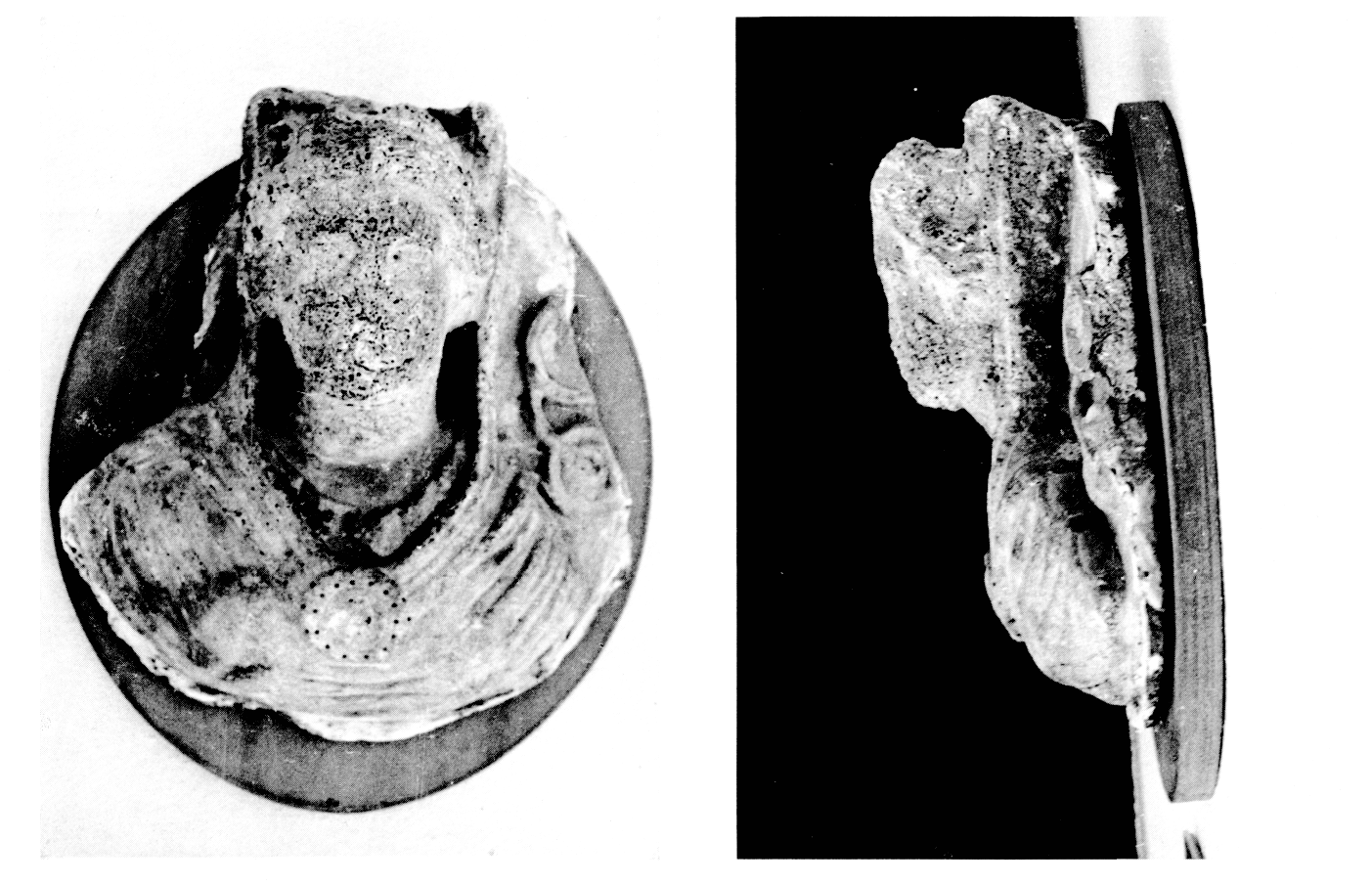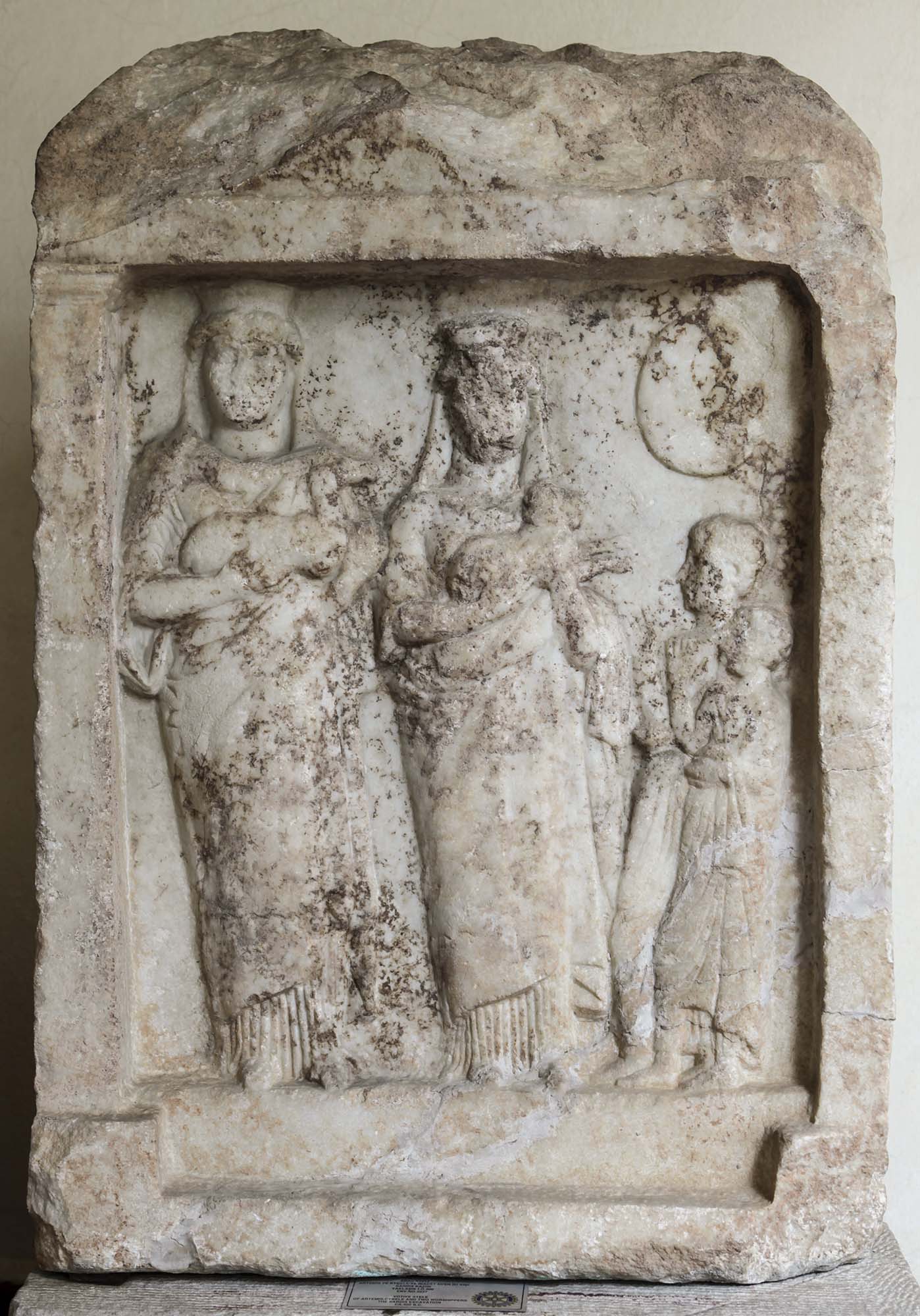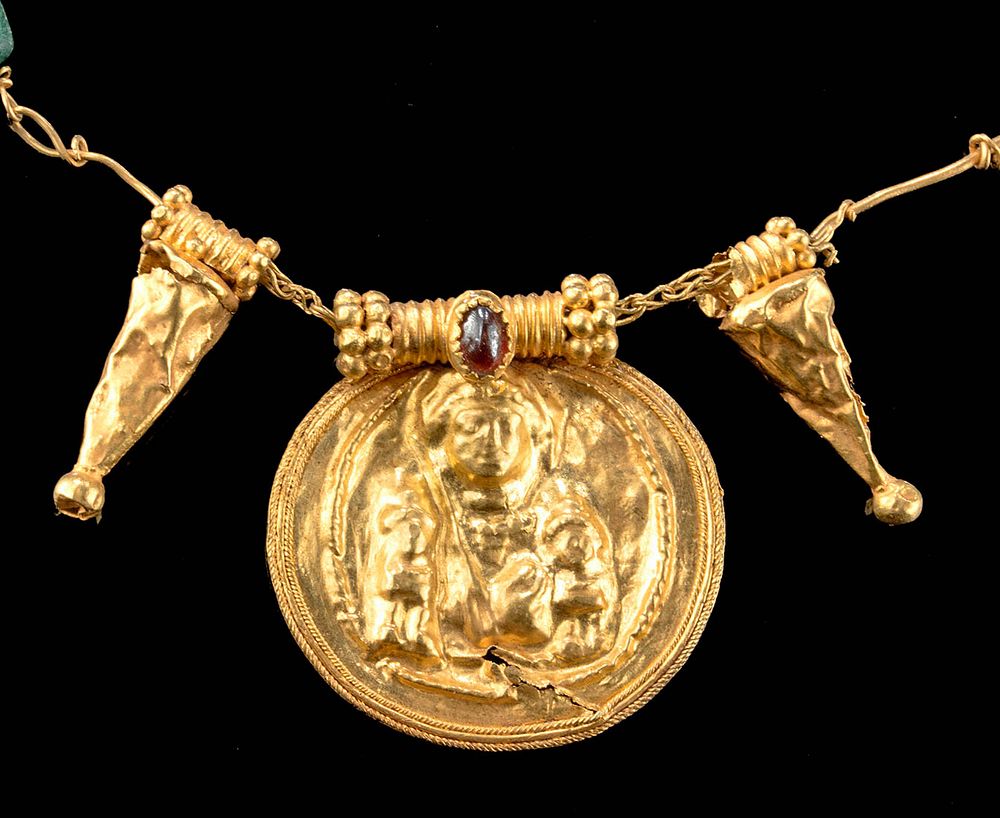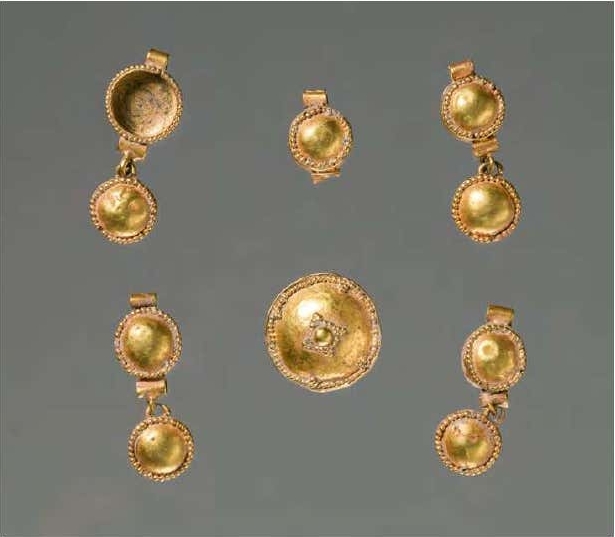Marble head of a priestess from Trajan’s Markets, dated to the Julio-Claudian period, ht. ca. 0.33 m. An older woman wears an infula [woolen headband, or vittae], and a diadem in the form of a mural crown with a medallion.
Rome, Centrale Montemartini, Musei Capitolini, inv. no. 2688
Source:
The “Getty Cybele”: A Roman Portrait of Feminine Virtues. American Journal of Archaeology, Vol. 121.3 (July 2017), 369-396; Ambra Spinelli https://www.academia.edu
“This high-relief marble head, now in Rome’s Centrale Montemartini, Musei Capitolini (inv. no. 2688; ht. ca. 0.33 m), was originally dated to the early second century C.E. by Vermaseren (1977–1989, 3:38–9, no. 204, pl. 102) but has been redated to the Julio-Claudian period in Fittschen and Zanker 1983, 47, no. 58, pl. 75 (with bibliography). The soft treatment of the face is very similar to that of the Getty Cybele. Vermaseren (1977–1989, 3:39) identifies the woman represented as a possible priestess of Cybele. Cf. Fittschen and Zanker (1983, 47), who suggest this lady may be a priestess of the imperial cult because of a medallion with a female bust carved at the center of the woman’s crown. This image of a bust, however, is poorly preserved.Therefore, we cannot be certain whether it is an image of a member of an imperial family or a divinity. On different forms of honorary crowns and wreaths, see Rumsheid 2000. I thank Micaela Perrone for assisting in my inspection of this marble head, which is presently in the storeroom of the Centrale Montemartini. On this marble head, see also LIMC 8 Suppl.:754, no. 54a, s.v. “Kybele” (Simon); Alexandridis 2004, 90 n. 858.”


“Elaine Fantham, in her study of Roman head-coverings (chapter 7), contrasts the ritual requirement for Romans to cover their heads when officiating as priests with respectable Roman women’s daily wearing of woolen headbands, vittae. Both sexes, moreover, were supposed to wear infulae, the hanks of wool shaped like a diadem from which vittae hung on either side, when officiating as priests or acting as suppliants, while the bride also wore them on her wedding day. Despite the abundant literary evidence documenting women’s daily wearing of vittae and priests’ ritual wearing of infulae, however, Roman portraiture preserves few traces of these headbands, and Fantham speculates that their absence in the plastic arts may reflect Roman women’s disinclination to observe the prescriptions of the moralists.” [Roman Dress and the Fabrics of Roman Culture, Jonathan Edmondson, Alison Keith]












